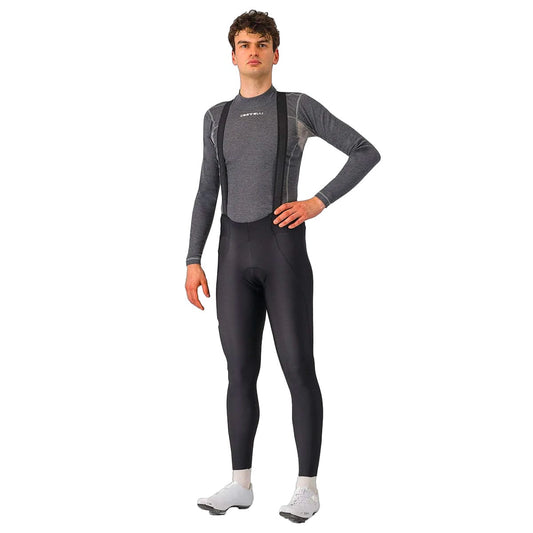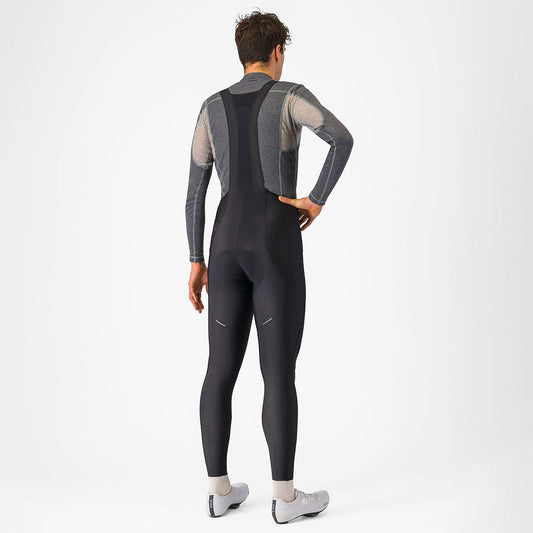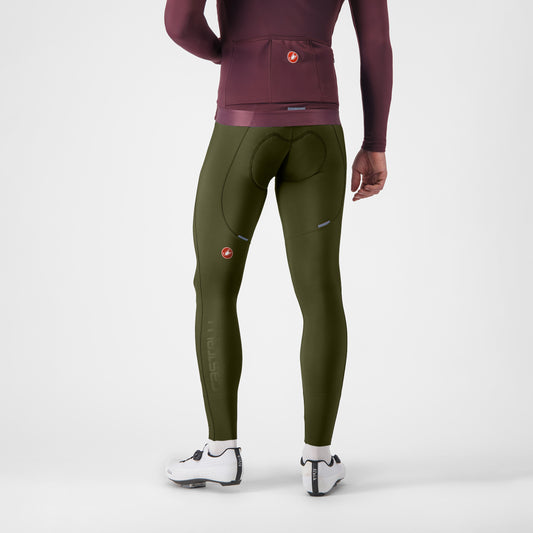Who has never given up on a winter outing? Cold, rain and wind, often combined, can be demotivating. However, the latest technologies in the world of textiles make it possible to tackle winter cycling with serenity. It's possible to face up to the elements, in Road as well as MTBin comfort! By following a few simple tips, the winter season becomes a new opportunity to keep on riding! The key: adapt your clothing to the intensity of your effort.
CHARACTERISTICS OF WINTER CLOTHING FOR THE LOWER BODY
- Type of garment : shorts shorts (with leggings), corsetry, shorts, pants
- Protection against the elements: cold, rain, wind
ALL YOU NEED TO KNOW ABOUT WINTER LOWER-BODY CLOTHING
TYPE OF GARMENT
Long shorts
Long shorts with suspenders are the most common winter solution. This cut offers perfect body coverage, bridging the gap between shoes and socks and upper garments. Manufacturers have developed a wide range of long winter shorts. Some models are designed for very low or even negative temperatures. They almost single-handedly reproduce the 2 or 3-layer concept, pushing perspiration outwards.
Short shorts
Short shorts, with or without leggings, are a modular solution for winter. Thermal shorts are now available to keep thigh muscles warm, ideal for Cyclocross or moderately cold winter regions. When the day warms up, the rider can remove the leggings. Shorts can also be used in mid-season. Of course, this solution has its limits in difficult or extreme conditions.
3/4 bib shorts
Thermal-lined 3/4 shorts can also be used in winter. They have the advantage of protecting the knee from the cold, while providing pleasant ventilation for the calves. In very cold weather, they are best suited to intensive efforts.
Shorts
Water-repellent shorts can be worn over cycling shorts for extra protection.
Pants
Pants are also available, based on the same principle as long bib shorts: thermal support and protection against the elements. Their cut is increasingly tailored to guarantee maximum pedaling comfort and freedom of movement.
PROTECTION AGAINST THE ELEMENTS
Winter cycling shorts are made from fabrics of varying thickness, usually lined with a fleece layer. A net of warm air is maintained around the legs to ensure maximum thermal comfort.
Waders can also be fitted with technical membranes. Depending on the membranes used, shorts can be windproof, water-repellent or even completely waterproof, while retaining their ability to wick away body moisture.
WHICH WINTER LOWER-BODY GARMENTS SHOULD I CHOOSE?
As with the upper body, we have a simple objective for the lower body in winter: to stay warm and dry.
Cycling literally heats up the legs, so there's no need to multiply layers. It's normal to feel cold on your legs at the start of your ride. The sensation will fade with effort. Shorts that are too warm will quickly become uncomfortable! The intensity of your activity is just as important as the weather conditions.
Last but not least, water-repellent or waterproof pants can be very useful for urban cyclists who want to look good in winter!
Hiking
A range of cycling pants is now available from many brands. With a cut specifically developed to guarantee comfortable pedaling and great freedom of movement, these pants are the ideal solution for touring. Ideally combined with shorts underneath for ultimate comfort.
Cross-Country
Intensive cross-country riders will opt for short shorts worn under shorts with leggings, or 3/4 shorts in thermal and windproof fabric, especially on the front panel to combat the cold, and water-repellent to protect against splashes.
All-Mountain
In mountain biking disciplines, winter pants or shorts (possibly worn over shorts) are the best choice, as they guarantee great freedom of movement. They're also tough enough to stand up to the stresses of all-mountain riding.
Enduro
As with All-Mountain, a shorts winter shorts or pants worn over short, 3/4 or long shorts. These garments should be loose-fitting and wide enough to allow protection to be worn, abrasion-resistant and at least water-repellent.
DH / Freeride
DH / Freeride pants are used extensively throughout the season, and certainly in winter. They provide ideal protection against abrasion in the event of a fall, thanks to wide reinforcements. Their cut is more or less wide, but must remain snug-fitting to limit wind resistance and the risk of snagging a branch. Generous knee room is desirable to accommodate knee pads. At the bottom of the leg, a drawstring will secure the pants and prevent chafing.
Road
Road cycling shorts for the winter season will vary according to the region, your metabolism and the intensity of your effort. Short with leggings, 3/4 or long, all solutions are possible. But in all cases, winter cycling shorts are generally characterized by a brushed interior for pleasant warmth, a wind- and water-repellent or even waterproof front panel, and a lighter rear panel for good ventilation.
Gravel and Cyclocross
For Cyclocross, a winter discipline par excellence, manufacturers have developed wetsuits (shorts and jersey) that provide excellent support despite the rider's repeated movements, and resist mud splashes and rain. Gravel clothing is very similar to that used for road racing, with the possibility of shorts worn over the shorts.
Découvrez tous nos conseils & Tutoriels
EQUIPMENT - Bib Shorts
-


ASSOS MILLE GT HASHOOGI WINTER S11 Long Bibtights Black
Regular price 240,00 €Regular priceUnit price per -
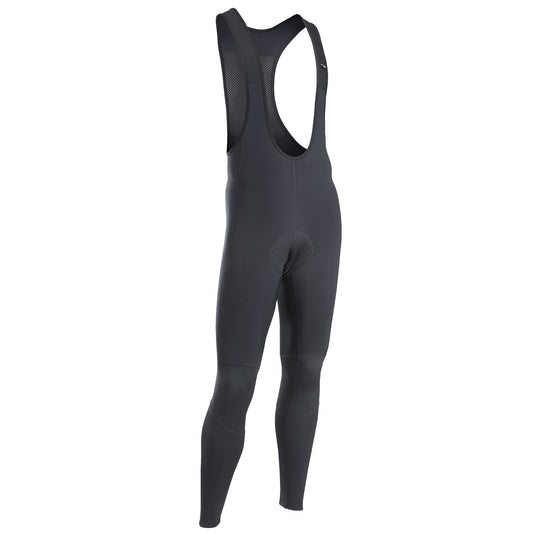
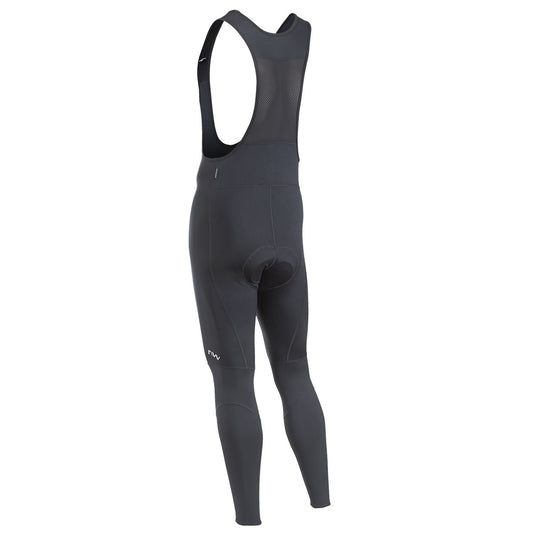
NORTHWAVE ACTIVE Long Bibtights Black 2026
Regular price 69,99 €Regular priceUnit price per -
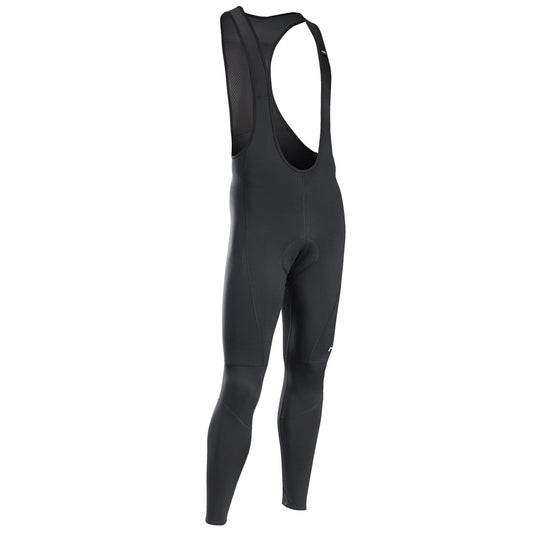

NORTHWAVE ACTIVE GEL ACQUA Bibtights Black
Regular price 74,99 €Regular priceUnit price per -
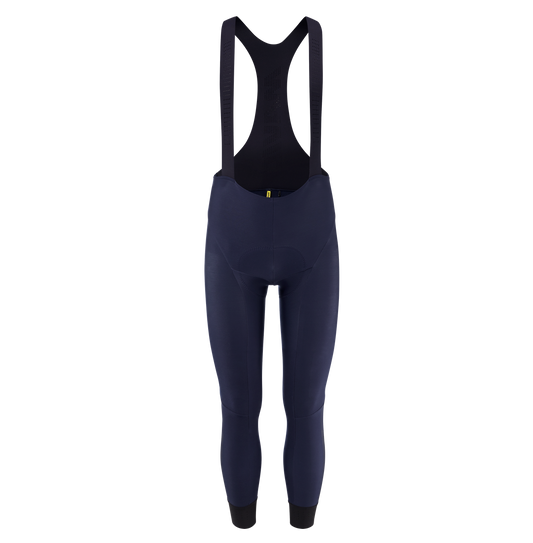
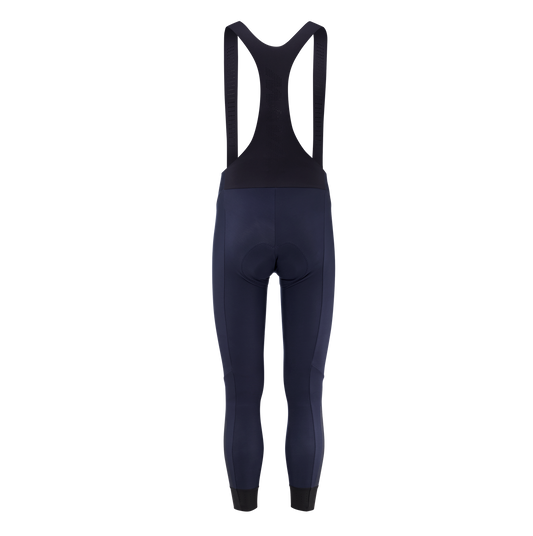
MAVIC COSMIC THERMO Long Bib Shorts Blue
Regular price 119,90 €Regular priceUnit price per -


ASSOS MILLE GT WINTER C2 Long Bibtights Black
Regular price 169,90 €Regular priceUnit price per -

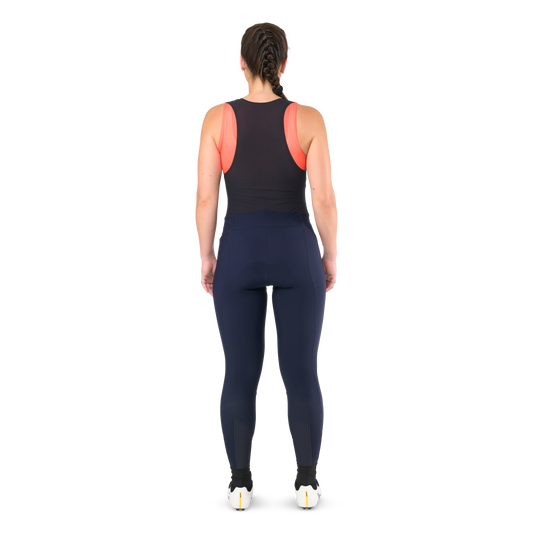
Women's MAVIC COSMIC THERMO Bibtights Blue
Regular price From 94,99 €Regular priceUnit price per
